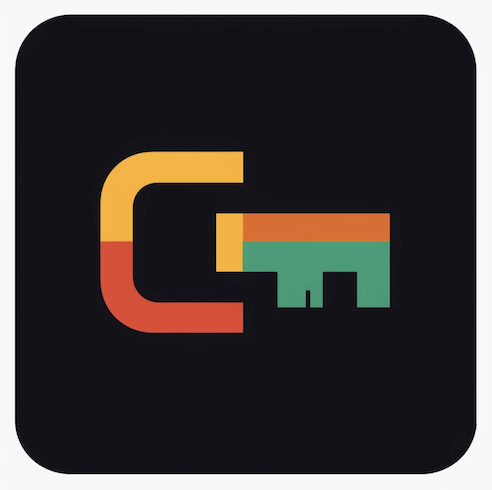Thank you to everyone who responded with feedback on the Op Cit proposal. This post clarifies, defends, and amends the original proposal in light of the responses that have been sent. We have endeavoured to respond to every point that was raised, either here or in the document comments themselves.
We strongly prefer for this to be developed in collaboration with CLOCKSS, LOCKSS, and/or Portico, i.e. through established preservation services that already have existing arrangements in place, are properly funded, and understand the problem space. There is low level of trust in the Internet Archive, also given a number of ongoing court cases and erratic behavior in the past. People are questioning the sustainability and stability of IA, and given it is not funded by publishers or other major STM stakeholders there is low confidence in IA setting their priorities in a way that is aligned with that of the publishing industry.






